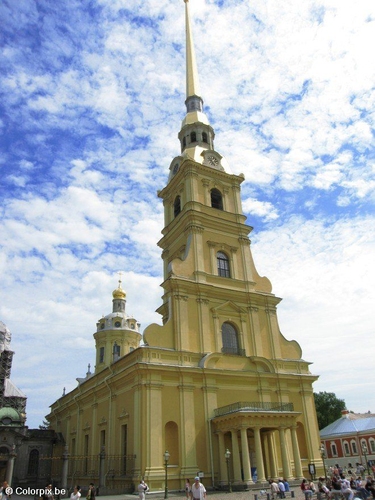
The French Brittany is located in northwestern France and is one of the most beautiful areas of the country for its rugged scenery and beautiful beaches. The varied climate of this region allows the visitor to enjoy a little of everything: sun, cool temperatures and some rain. This region was the cradle of human settlements staged construction of the famous stone alignments of grand proportions, making the town of Carnac, a must for lovers of history of civilizations.
One of the most charming towns of this region is Nantes are must to visit the castle and the cathedral of Saint-Pierre-et-Saint-Paul, just as walking is recommended for its delicious streets. After leaving the city, the road now continues up to La Baule, one of the most important stations shorebirds France. Its stunning sandy beaches stretching along six kilometers. On the streets of downtown you can see beautiful old houses and mansions.

From La Baule is an interesting circuit for Guérande Peninsula coast and its wild. The entrance to the village is surrounded by plenty of flowers. From the Monte Esperit you can enjoy the spectacular view offered by the island that is close and the views of the people, it’s worth a stroll along the fishing village and visit the church of Notre-Dame-de-la Pitié.

Brittany’s story is as old few. Their lands have received almost from human sources. And it takes a special kind of letter in a small town in southern Brittany called Carnac, with fantastic places alignments of stones erected by those enigmatic sculptors or architects of a world in which we know little, only those traces that time has not been able to destroy the stone. Certainly, having referred to the monuments of Stonehenge in England, the stone circles of Brodgar and the stones of Stenness in Scotland enhiestas, Carnac addresses, without doubt, an exceptional place in this dark but fascinating world of big stones.
And that can be found at Carnac grandiosity more pronounced, as represented by the large Menhir brisée, twenty meters high, four of which were sunk into the bowels of the earth is one of the largest megalithic monuments world. Next to it, the conscientious and inexplicable alignment of thousands of stones of various sizes along several rows that extend in parallel lines and near perfect Straight for hundreds of meters.
The unique geography of a land
Brittany sits on what is geologically known as solid Armoricain. Administratively, Britain is divided into four regions: Morbihan to the south, Finisterre, at the western end, Côtes d’Armor North, and Ille-et-Vilaine to the east, now shared border with Normandy.

The peninsula was populated by as early as the Paleolithic hunters pursuing mammoths and deer, as evidenced by certain rock paintings and engravings. Between the years 3000 and 1800 a. C., hunting and gathering in this area give way to agriculture and livestock, is thus the megalithic culture, where the population is organized under the shelter of fortified camps. It discovers the art of stone polished and developed a special cult of the dead. Menhires numerous, some of which weighed one hundred tons, Cairns (stone buildings covering one or more Dolmens) that could reach seventy feet long and made up of blocks Dolmens twenty tons stood throughout the entire region. The end of this period represented an opening to the world, through the Loire valley or the sea. Between 1800 and 600 a. C., in the middle Bronze Age, the Armorica had a brilliant civilization that traded with the north (Scandinavia and Germany) and southern (Iberia) produced, among other things, axes and swords mango original invoice. The importance of deposits encountered bronze gives a proof of prosperity. When the Celts fleeing the German pressure, enter the Armorican peninsula, around the year 500 a. C., there are megaliths they took as funerary monuments.
Skilled in all areas, the Celts Armorican economy changed drastically to be imposed on the population and organized in cities. So namnetes appear in the north of the current Nantes and the Veneto in Morbihan, in the osismos Finisterre, in the Côtes-d’Armor coriosolitas and redone in the northeast of the peninsula. At 57 a. C., the Romans attempted to complete the conquest of Gaul, but the powerful Veneto, excellent marine, were opposed. Showed also resistance on the ground, but, against all expectations, were defeated at sea a year later. At that time was intense agricultural activity and burgeoning trade.
The Apparitions of Kerizinen
Besides being romantic and grandiose anthropologically, The French Brittany is a place for spirituality. A young Louise Ramonet appeared to him the Virgin of the Rosary, and since then, seventy-one times have reappeared in different people with different messages. It tells the story in a message that the Blessed Virgin said: «I want a chapel here, to renew the miracle that my son has done elsewhere, especially for sinners.» In the year 1955 with appropriate licenses church, a chapel was erected there. In Kerizinen, as in many other places of Marian apparitions, there have been numerous solar phenomena and healings prodigious found medically. Obeying the messages of the Virgin Mary, the faithful insist on praying the Rosary as a powerful and effective.
Leave a Reply
You must be logged in to post a comment.
Recent Comments